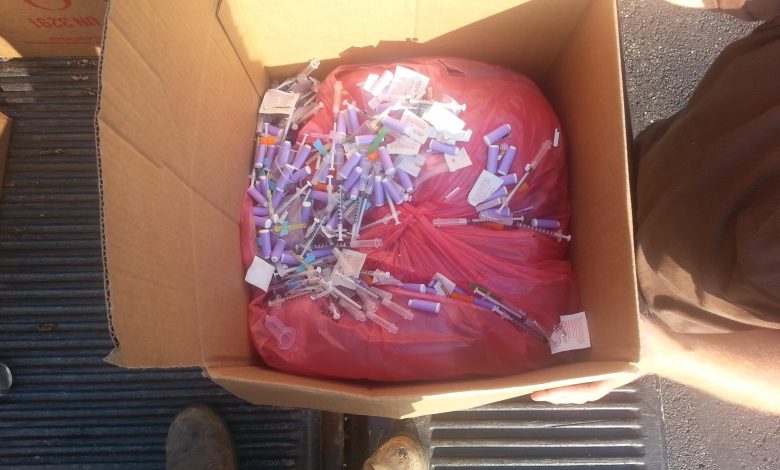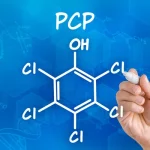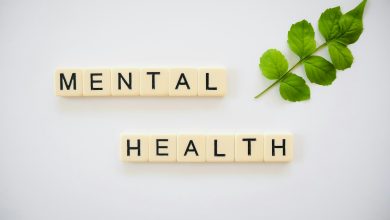10 Commonly Used Harm Reduction Strategies With Examples

What is harm reduction?
Harm reduction is defined is an approach that seeks to reduce the negative consequences of a behavior, substance use, or activity, rather than focusing solely on eliminating the behavior or activity itself. The harm reduction philosophy acknowledges that certain behaviors, such as drug use or risky sexual behavior, are often deeply ingrained in people’s lives and are difficult to change.
The primary goal of harm reduction is to minimize the potential harm caused by these behaviors, rather than attempting to eliminate them entirely. This approach involves a range of strategies and interventions designed to reduce the risks associated with these behaviors, such as providing clean needles for injection drug users to reduce the spread of blood-borne diseases like HIV/AIDS and hepatitis, or promoting safe sex practices to reduce the risk of sexually transmitted infections.
Harm reduction also involves providing education and resources to individuals who engage in these behaviors, such as information on how to properly use condoms or how to safely inject drugs. In addition, harm reduction aims to reduce the negative impact of drug use on society as a whole, such as reducing the number of drug-related deaths and decreasing the burden on the criminal justice system.
Critics of harm reduction argue that it can enable and normalize risky behaviors, but supporters argue that harm reduction is a pragmatic and compassionate approach that recognizes the reality of these behaviors and seeks to minimize their negative consequences.
Harm Reduction Strategies
Harm reduction strategies are designed to address the specific risks and harms associated with different behaviors. Here, we will discuss each of the 10 harm-reduction strategies in more detail.
1. Needle and Syringe Programs (NSP)
Needle and syringe programs are one of the most well-known harm reduction strategies. These programs provide sterile needles and syringes, as well as other injection equipment, such as cookers and filters, to people who inject drugs. The goal of NSPs is to reduce the risk of blood-borne infections, such as HIV and hepatitis, among people who inject drugs. By providing sterile equipment, NSPs reduce the risk of transmission of blood-borne viruses and bacterial infections. NSPs also offer education and resources on safe injection practices, as well as referrals to other services, such as addiction treatment.
2. Opioid Agonist Therapy (OAT)
Opioid agonist therapy involves the use of medications, such as methadone or buprenorphine, to reduce cravings and withdrawal symptoms in people who are addicted to opioids. OAT has been shown to be effective in reducing opioid use and associated harms, such as overdose and infectious diseases. OAT is often combined with other harm reduction strategies, such as NSPs and overdose prevention measures, to provide a comprehensive approach to reducing the negative consequences of opioid use.
3. Safer Consumption Sites (SCS)
Safer consumption sites are places where people can use drugs under medical supervision. These sites provide a safe and hygienic environment for drug use, as well as access to sterile injection equipment and overdose prevention measures. SCS have been shown to reduce overdose deaths, as well as other harms associated with drug use, such as infections and injuries. SCS also offer other services, such as referrals to addiction treatment and medical care.
4. Drug Checking
Drug checking involves the testing of drugs for purity and contaminants. This allows people who use drugs to know what they are taking and to make more informed decisions about their drug use. Drug checking can also help to reduce the risk of overdose and other harms associated with drug use. Drug checking can be done in a variety of settings, including at outreach events, in harm reduction centers, and at festivals.
5. Overdose Prevention and Response
Overdose prevention and response strategies aim to reduce the risk of overdose and to minimize harm in the event of an overdose. These strategies include the distribution of overdose prevention kits, which typically contain naloxone, a medication that can reverse an opioid overdose. Other strategies include overdose prevention education and the promotion of safe drug use practices. Overdose prevention and response strategies can be implemented in a variety of settings, including in harm reduction centers, at outreach events, and in community settings.
6. Peer Education and Support
Peer education and support programs involve people with lived experience of drug use providing education and support to others who use drugs. These programs can help to reduce the stigma associated with drug use, as well as provide access to harm reduction information and resources. Peer education and support programs can be delivered in a variety of settings, including in harm reduction centers, at outreach events, and in community settings.
7. Housing First Housing
First is a harm reduction strategy that seeks to provide stable housing to people who are experiencing homelessness or housing insecurity. Housing First recognizes that stable housing is a basic human need and that without it, individuals are at increased risk of experiencing a range of harms, including substance use and mental health issues. By providing stable housing first, individuals are able to focus on addressing other issues in their lives, such as substance use or mental health, with the support of a safe and stable home environment.
8. Sex Education and Contraception
Access Sex education and contraception access are harm reduction strategies that aim to reduce the negative consequences associated with sexual activity, including unintended pregnancy and sexually transmitted infections (STIs). Comprehensive sex education provides individuals with the knowledge and skills to make informed decisions about their sexual health and to reduce their risk of unintended pregnancy and STIs. Access to contraception, including condoms, hormonal contraceptives, and emergency contraception, is also an important harm reduction strategy that can help to prevent unintended pregnancy and STIs.
9. Safer Alcohol Use
Safer alcohol use strategies aim to reduce the negative consequences associated with alcohol use, including alcohol poisoning, injury, and liver disease. These strategies include education on safe drinking practices, such as pacing and alternating alcohol with non-alcoholic beverages, as well as promoting the use of harm reduction tools, such as breathalyzers and drink trackers, to monitor alcohol consumption. Safer alcohol use strategies also include the provision of harm reduction services, such as hydration stations and safe transportation options, to reduce the risk of harm associated with alcohol use.
10. Peer Naloxone Distribution
Peer naloxone distribution programs involve individuals who use drugs distributing naloxone to their peers. Naloxone is a medication that can reverse opioid overdose and is an essential tool in preventing overdose deaths. Peer naloxone distribution programs increase access to naloxone and can help to reduce overdose deaths. These programs also provide education on overdose prevention and response, as well as referrals to other harm reduction services and addiction treatment.
In summary, harm reduction strategies aim to reduce the negative consequences of behaviors or activities that can cause harm, rather than eliminating them entirely. These strategies include needle and syringe programs, opioid agonist therapy, safer consumption sites, drug checking, overdose prevention and response, peer education and support, housing first, sex education and contraception access, safer alcohol use, and peer naloxone distribution. Implementing these strategies can help to reduce the risk of harm associated with a range of behaviors and activities, and promote the health and well-being of individuals and communities.





